Intelligent product identification
For decades, manufacturers and food retail businesses have relied on linear barcodes for product identification at point-of-sale (POS). However, the demand for additional product, traceability and promotional data is pushing the uptake of new 2D barcodes - known as '2D codes', that can encode more unique variable data on each product pack.
What is a 2D code?
A 2D code uses a combination of graphical images both horizontally and vertically and the label has a standard size as 6”x 4”. It can hold more information than a traditional 1D linear barcode of up to 7,089 characters.
Is a 2D Code the same as a QR Code?
Despite looking similar they are not functionally the same. A QR code is designed to create interaction and share product information for a product or direct consumers to a website or competition.
A GS1 Digital Link to the QR Code enables encoding of all GS1 keys and attributes. It can be applied to hold trade item information such as the GTIN, expiry date, serial number or batch/lot number - in the URL itself, and in future will be scanned at Retail POS.
2D GS1 DataMatrix codes are "two-dimensional (2D) matrix symbology" symbols that can carry all GS1 keys and attributes. It can be applied to hold trade item information such as the item expiry date, serial number or batch/lot number.
2D DataMatrix codes are defined by an L-shaped pattern at one side of the code, creating two solid adjacent borders. This ‘finder pattern’ helps camera scanners to locate the code.
Both 2D DataMatrix and QR codes store information about an item or product in a machine-readable format that can be easily scanned with a barcode scanner or, more recently, smartphones when equipped with a barcode-scanning app or QR code reader - a traditional smartphone camera will not scan a 2D DataMatrix code.
What type of code to use
When it comes to choosing the right type of 2D code for your product, there are a few factors you should consider. The two frequently used 2D codes are GS1 Data Matrix codes and QR codes.
GS1 Data Matrix codes are typically used in supply chain management and logistics. GS1 Data Matrix codes are ideal for tracking and tracing products through the supply chain, as they can store information such as batch numbers, expiration dates, and serial numbers. If your goal is to improve the efficiency and accuracy of your supply chain, GS1 Data Matrix codes may be the best choice for your product.
QR codes, on the other hand, are more commonly used for marketing and consumer engagement. These codes are larger and easier to scan than GS1 Data Matrix codes, which makes them ideal for consumer-facing applications. QR codes can be used to provide additional information about a product, offer special promotions or discounts, or direct consumers to a website or social media page. If your goal is to engage with consumers and provide them with a seamless digital experience, QR codes may be the best choice for your product.
2D code advantages
It is fast becoming the norm for use on consumer goods with a short shelf life so that retailers and manufacturers can manage inventory from point-of-sale and reduce the risk of out-of-date product being sold to a consumer.
It also helps manufacturers and retailers during a product recall by identifying specific product batches that have been affected and providing a way to stop the sale of a potentially unsafe product at point-of-sale.
2D codes have numerous benefits over traditional linear barcodes, but their complex nature does pose some challenges. Most importantly, it is vital that 2D codes are correctly printed and encoded with the right information so they can be scanned and traced.
What's the best technology for printing 2D codes?
As with any type of barcode, it’s critical to ensure that 2D codes are printed correctly for the right application. While 2D codes have a greater tolerance for scanning when damaged compared to 1D barcodes, it’s imperative that they are crisp and contain the right data.
Barcode creation software can create any style of barcode from your computer to print directly onto labels or code directly onto products on a manufacturing line.
Additionally, an accompanying code verification system, such as Domino’s R Series Vision System, will check the quality and accuracy of the final code as soon as it’s applied and alerts if any code is unreadable before the product leaves the production line.
Ultimately, the type of 2D code and printing method you choose will depend on your specific use case and goals. If you're still unsure which type of code to use, it's always a good idea to consult with a 2D code expert who can help you make the right choice for your product.













